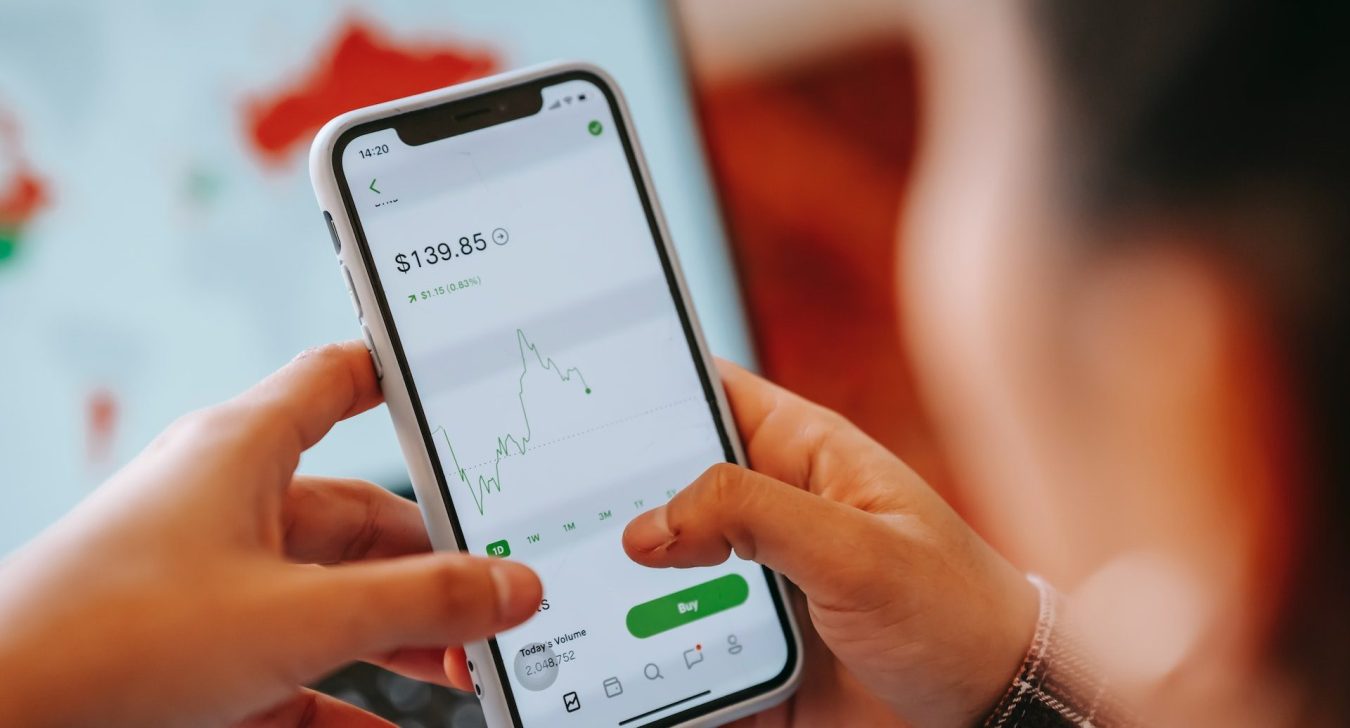Margin trading is a standard feature on most traditional stock (Fiat money) exchanges, but it’s not as common in the world of cryptocurrency. Crypto trading already has its own unique challenges that need to be addressed before adding margin trading to digital currency exchanges becomes common.
Let’s take a look at what crypto margin trading is, why it’s so risky, and why so few cryptocurrency exchanges offer this service. You will also learn how crypto margin trading works and get some examples of how you can leverage this strategy to your advantage – if you dare!
What is Crypto Margin Trading?

In traditional margin trading, an investor borrows money from an exchange to buy securities (like stocks or bonds). Margin trading allows an investor to control a much larger amount of a certain asset than they could with their own money alone.
An investor who wants to buy $10,000 worth of stocks, for example, will find it much easier if they can borrow the money needed to make that purchase. The investor can then pay off that debt with interest later.
Crypto margin trading is essentially the same thing, but with cryptocurrencies. Instead of using a loan from a bank, an investor borrows money from a crypto exchange to purchase more digital coins. A margin call occurs when the value of an investor’s assets falls below the amount borrowed to purchase those assets.
Why is Crypto Margin Trading Risky?

Margin trading comes with high risks and high rewards – probably more so than regular fiat currency trading. One of the biggest risks associated with margin trading is that you need to pay interest on the amount borrowed from the exchange.
Interest rates can vary greatly by exchange, but they can be as high as 5% per day! You also need to be prepared for a “margin call,” which occurs if the value of your assets falls below the amount borrowed.
If that happens, you need to either pay back the difference or sell enough of your assets to cover the amount borrowed. Another danger comes from the fact that many exchanges do not offer short selling.
What’s short selling?
Short selling is another common margin trading strategy where you sell assets that you don’t own, hoping to buy them back at a lower price later. So, with no ability to sell what you don’t own, your margin trading strategy might not work out as planned.
How to Trade on a Crypto Exchange Using Margin?
All exchanges permit ‘leveraged trading’ to some extent, but the amount of leverage offered is different at each one. Typically, exchanges permit margin trading with collateral equal to 10% of the borrowed amount.
An investor with $10,000 in their account, for example, could trade up to $100,000 worth of crypto if the exchange permitted it. Exchanges vary widely in their margin trading policies and requirements.
To trade on margin, you’ll need to verify your account, select an asset to margin trade, and then select the amount of leverage you want to use.
You’ll need to place a ‘margin call’ when you want to end your margin trade and close out your position. You can do this either by closing out your entire position or by setting a ‘stop loss’ order.
Which Exchanges Offer Crypto Margin Trading?
Crypto exchanges that offer margin trading vary. Some exchanges permit margin trading only for select types of cryptocurrencies, while others let you trade any crypto using this method.
At present, Bitmex and OKEx are the only two crypto exchanges that let you margin trade any crypto token. Most other exchanges provide this service for only a limited number of cryptocurrencies and require a significant minimum deposit.
For example, Binance lets you margin trade using bitcoin and ether as collateral, but only with a minimum deposit of 50 bitcoins or 50 ether (worth more than $2 million).
To make matters more complicated, many exchanges permit margin trading in only one direction. For example, Coinbase allows you to go long on bitcoin, but only lets you short bitcoin on its GDAX exchange.
Are you ready to take the plunge?
Crypto margin trading is a risky business that’s not suitable for all investors. But if you understand the risks, meet the exchange requirements, and are prepared to deal with a margin call, it can be a great way to increase your gains on the crypto market.
You can also use margin trading to short cryptocurrencies, which can be a great way to hedge against any risk in your long positions. Be careful though, because margin trading is not for everyone.
Margin trading is a high-risk investment strategy that should only be undertaken by experienced investors.
No matter how good an investment looks, never forget that as famed economist John Maynard Keynes said, “the market can remain irrational longer than you can remain solvent!“
